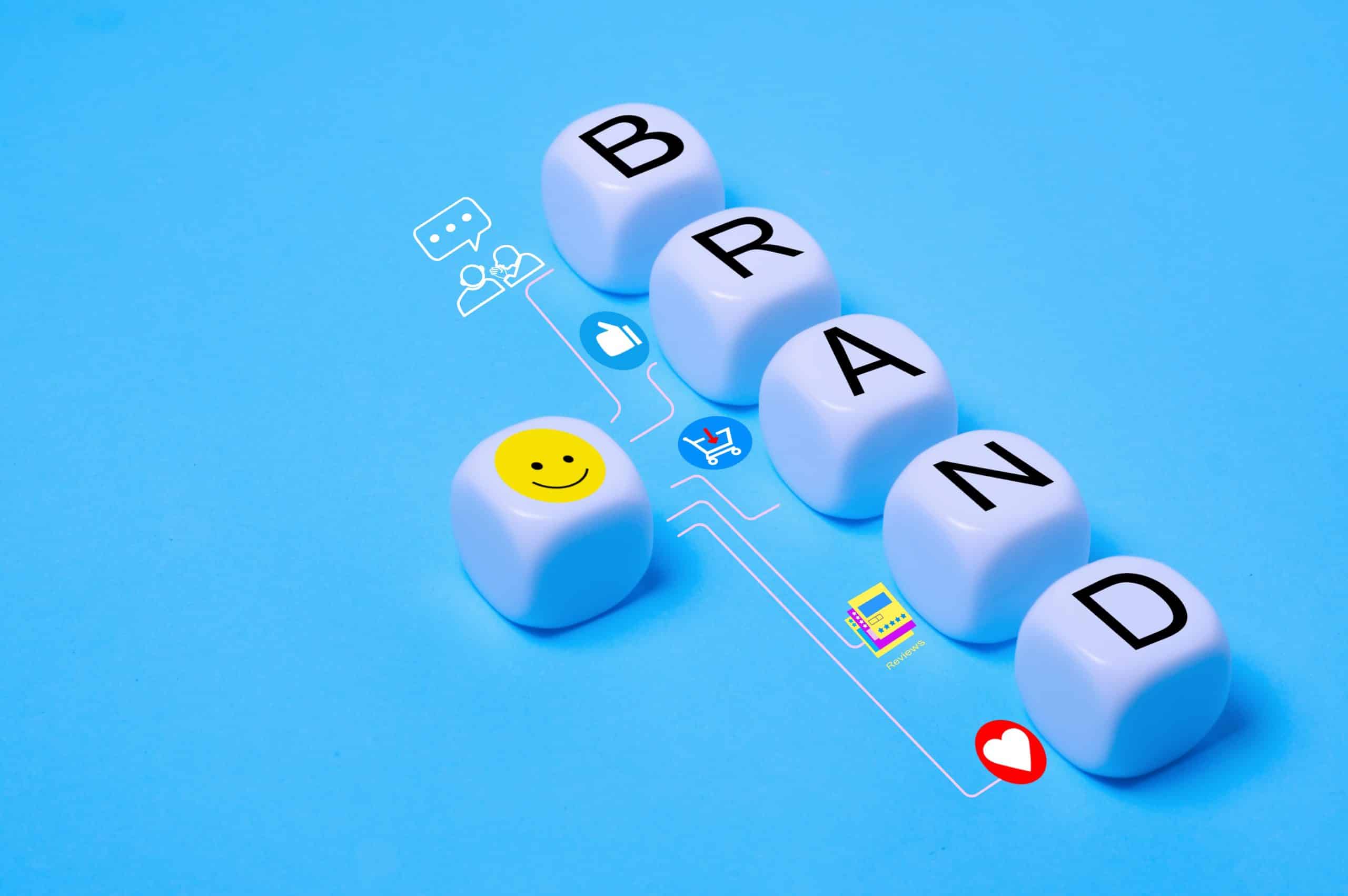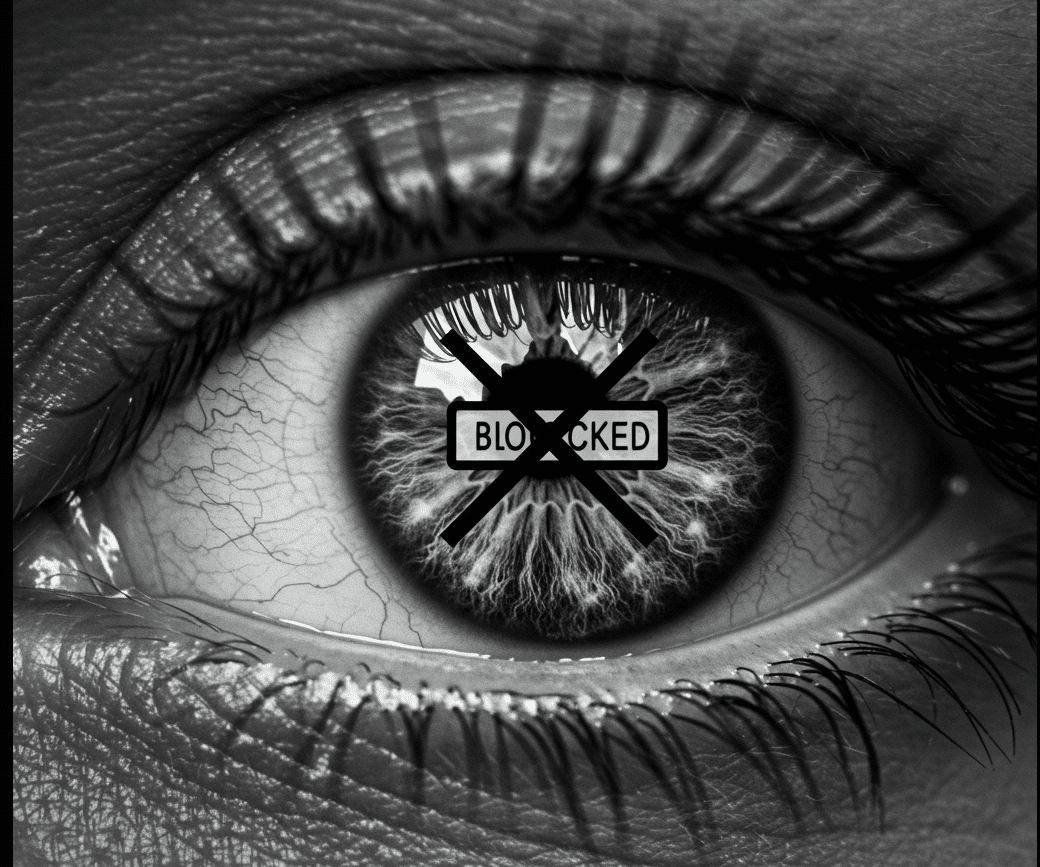Brand awareness strategies can make or break a company’s campaign. As the first stage of the marketing funnel, brand awareness lays the foundation for the entire customer journey and the rest of your campaign performance — helping you cast as wide a net as possible before narrowing down your reach and ultimately fueling conversions.
There’s no one-size-fits-all strategy to increase brand awareness. Your approach will depend on many factors, including your campaign goals, budgets, audience behaviors, and advertising platforms. As such, it’s important to consider a range of strategies and best practices to help raise awareness for your brand.
Here, we’ll explore some of the most effective methods to build brand awareness across different channels and strengthen your market presence. But first, let’s start by reviewing why brand awareness is so essential to marketing success.
See Taboola's Successful Brand Awareness Case Studies
10 Strategies to Raise Brand Awareness
That’s where these strategies come in. Consider using the 10 described below to take your brand awareness campaign to the next level.
1. Use Social Media
Social media can be a powerful tool for building brand awareness, whether you want to use organic or paid media. Such platforms as Instagram, Linkedin (and TikTok, as long as it continues) let you show your brand’s personality, engage with followers, and expand your reach.
You can also use paid ads to build your brand awarenessfor your audience. For example, you can use Facebook and Instagram ad placements to target specific audiences based on their preferences — helping them discover new brands and products that they may like. You might use a lookalike audiences feature, for instance, to target people who are similar to your most valuable customers, increasing the likelihood that they’ll engage with your posts.

This form of content advertising, in particular, can be effective because these social ads are designed to match organic social content, fitting seamlessly into users’ feeds. Meaning, you can launch brand awareness ads that help expand your reach and improve results without disrupting the user experience.
2. Partner with Influencers to Review Your Product
Use influencer marketing to access niche, existing communities of engaged followers. After all, these influencers have already earned the trust and attention of their followers. By partnering with them, you can help build valuable awareness for your brand and even start driving sales. For example, you might tap influencers to review your products and invite their followers to make a purchase with a custom discount link.
Collaborations can include sponsored posts, product reviews, or co-branded campaigns that introduce your business to their followers. While celebrity influencers may offer wide exposure, smaller, niche-focused influencers often drive higher engagement.
3. Incentivize Reviews
Highlight customer reviews and success stories by placing them on your landing pages and even in your ads. Showcasing these testimonials can help potential buyers learn more about what your brand has to offer — giving them the inspiration they need to move along the customer journey.
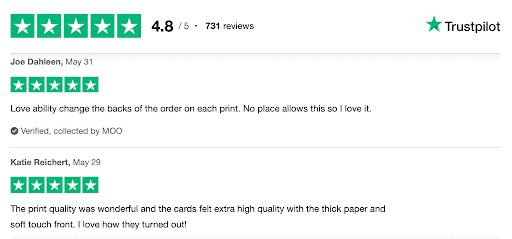
To elicit these reviews, you might send follow-up emails to people who’ve made a purchase and invite them to provide their feedback in exchange for an incentive, such as a discount on their next order.
4. Create a Thought Leadership Program
Establishing your brand as a thought leader can help boost brand awareness and separate your business from the competition. Some examples of this include insightful blogs, white papers, and case studies that show your unique expertise and POV.
You can also host webinars, speak at events, or publish research-backed reports to position your brand as an authority. Lastly, you can highlight subject-matter experts within your team to enhance your credibility and attract attention.
5. Become a Sponsor
Sponsorships provide a direct way to put your brand in front of a specific audience. Whether it’s a local event, industry conference, podcast, or charity initiative, sponsorships can align your brand with causes or communities that resonate with your target audience.
This strategy not only increases visibility but also reinforces your brand’s values and commitment to the community.
6. Omnichannel Strategies
Leveraging multiple channels ensures your brand is visible to your audience at every touchpoint.
For example, a blog post can be repurposed into a social media infographic, a video tutorial, or an email campaign. Combining online and offline efforts — such as using QR codes on print materials or hosting in-person events — creates a seamless experience that amplifies your brand’s message.
7. Develop a Unique Voice
A distinctive and consistent voice makes your brand memorable. Your tone — whether formal, conversational, or playful — should reflect your brand’s mission and values. This voice should remain consistent across all communication channels, from website copy to social media posts.
Maintaining authenticity is crucial here; audiences connect best with brands that feel genuine and relatable.
8. Interact With Followers
Improve social media engagement by frequently and directly interacting with your followers. That is, don’t just blast out vague messages to the masses; have someone on-call to respond to questions and concerns and provide personalized feedback.
Brands can also run social media contests, giving users an opportunity to be individually recognized and rewarded for their engagement. All of these strategies can help boost brand awareness and affinity in a crowded social media landscape.
9. Implement Remarketing Campaigns
Remarketing campaigns can take your brand awareness efforts to the next level by reengaging people who’ve already clicked on your ad or consumed your content. Since these users have demonstrated their interest in your messaging, they’re more likely to respond to brand awareness ads, leading to greater results at more efficient costs.
A beauty retailer, for example, might target a broad demographic with ads leading to a blog post of beauty tips. The retailer can then retarget people who clicked through and read the blog, inviting them to subscribe for more content.
10. Try Native Advertising
Native advertising is one of the most effective strategies for building brand awareness. Unlike traditional banner ads, native ads match the form of their surrounding content, yielding more intuitive and less disruptive user experiences.
As a leading content discovery platform, Taboola provides the tools that advertisers need to launch engaging native ads across the open web. With their choice of premium placements, advertisers can tap into a network of more than 9,000 top publisher sites, driving brand awareness among audiences who are already engaged and ready to consume new content. Taboola also supports a range of innovative ad formats, including native video ads and Motion Ads, which play on a short loop, similar to GIFs.
A globally recognized fast-food chain, for example, partnered with Taboola to promote its new burger using native video ads. The ads ended up driving a 58% video completion rate and 68% viewability — outperforming every other distribution platform.
Find more inspiration with our brand awareness case study examples.
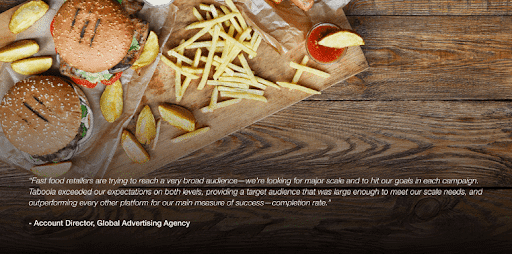
Learn more about how to raise awareness with Taboola
The Role of Content Marketing in Boosting Brand Awareness
Content marketing plays an important role in establishing and growing brand awareness. According to the Content Marketing Institute, 87% percent of B2B marketers say content marketing created brand awareness in the last 12 months.
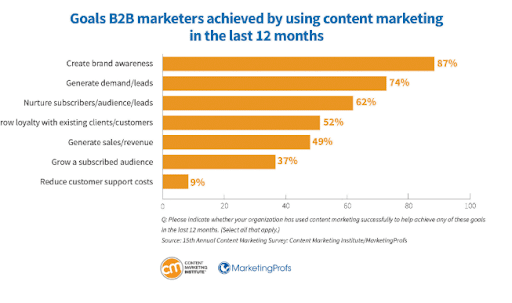
[Source: Content Marketing Institute]
By consistently providing valuable, engaging, and relevant content, you can:
- Educate your audience about your offerings.
- Showcase your brand’s personality and values.
- Attract and nurture leads throughout the buyer’s journey.
- Amplify your reach across multiple channels.
Whether it’s blogs, videos, or social media posts, content marketing allows you to connect with your audience on a deeper level, fostering loyalty and recognition.
How to Create Brand Awareness
Building brand awareness can be tough, especially when you’re fighting for customer attention across saturated platforms. That’s why it’s important to understand how to create brand awareness with a range of proven strategies.These foundational tactics can be the building blocks of your brand awareness campaigns:
1. Start With a Powerful Brand (Or Build One)
It’s tough to build awareness for a weak brand. So make sure you first take these steps to create a strong and powerful brand presence that hooks in new customers:
- Align products to your brand identity. Each of your offerings should tie back to your brand identity and mission — not just visually, for instance, but also in terms of matching your overall brand message, voice, and vision.
- Be recognizable. Choose a name, logo, and color palette that stands out and is easy to remember. Again, be sure to align these aesthetic assets to your brand voice and message, delivering a uniform and easily recognizable experience for your customers.
- Design a cohesive brand story. Create opportunities to connect with customers on an emotional level by pulling back the curtain on your brand and telling a compelling story.
2. Make Marketing a Key Player in Brand Strategy
Your content marketing strategy should be as important as your products themselves, since branding plays a vital role in customers’ decisions. As such, it’s crucial to build brand awareness into your overarching market strategy.
For example, you might start a brand awareness campaign to reach a wide audience with native ads across top publisher sites. Then you might retarget people who engaged with those ads, reaching them with more personalized, niche marketing tactics that appeal to their specific interests and keep them moving along the funnel.
As another example, you might use trend marketing techniques to establish your brand as a thought leader and go-to source for expert insights. After building brand awareness with this approach, you can encourage repeat readers to sign up for your email newsletter, generating leads and subscriptions for future campaigns.
3. Start a Referral Program
You can start a referral program to help turn loyal customers into advocates and build brand awareness through word of mouth — one of the most powerful and effective awareness strategies. According to Demand Sage, 65% of business opportunities come through referrals and recommendations.
Natural dog food brand, Ollie, for example, invites current customers to “Feed a Friend” for discounts on future purchases:
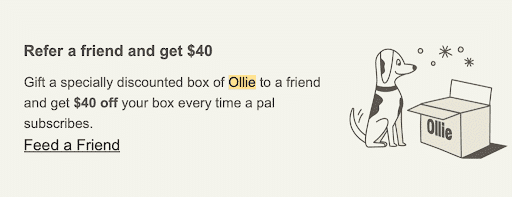
Not only can referral programs help you reach new customers; they can also build affinity and nurture relationships with your existing, most valuable customers — mobilizing them to become trusted ambassadors on behalf of your brand. You might even incentivize loyal and repeat customers to join your referral program by offering discounts, rewards, and exclusive access to new products or content.
4. Improve Your SEO
One of the best ways to build awareness is by boosting your search results rankings. This way, when potential customers query with relevant keywords, your content and landing pages can surface to meet them — driving new traffic to your site and attention for your brand.
That’s where search engine optimization (SEO) tactics can help. If you’re looking to improve your ranking on Google and Bing, for example, consider implementing these SEO strategies:
- Conduct keyword research. Discover which keywords are most relevant to your target audiences. What topics are people searching for? What questions are they asking? Focus on keywords with high potential engagement but low competition among other brands in your industry.
- Build high-quality content around those keywords. Use those key words and phrases to inform your content strategies — creating informative, educational, and valuable content that helps answer your customers’ questions and address their pain points. For example, you might incorporate keywords into the headline, body, and visual metadata of your blog posts, making them easier for search engines to discover.
- Continue to optimize keywords. Customer preferences and behaviors are always changing. So remember to conduct keyword research frequently and update your content and landing accordingly.
Key Takeaways
Building brand awareness is an essential part of a successful business in 2025. From refining your brand identity to leveraging a range of digital marketing channels, you can build your brand’s visibility and develop meaningful relationships with your customers.
Generating brand awareness doesn’t have to be overly complex. With the right tools, strategies, and outreach channels, you can build brand awareness campaigns that engage wide audiences and keep them moving through the funnel.
Just remember that driving awareness is an ongoing effort. It’s crucial to frequently evaluate your campaigns and optimize your brand awareness strategy to stay competitive in an ever-changing market. You can use native advertising, for example, to continuously increase brand awareness across the open web.
With platforms like Taboola, you can seamlessly connect with your target audience and drive meaningful results. Ultimately, integrating native advertising into your marketing strategy can unlock new engagement opportunities and propel your brand to greater heights in the digital landscape.
Frequently Asked Questions (FAQs)
What builds brand awareness?
Brand awareness is built through consistent and strategic efforts to make your brand recognizable and relatable to your target audience. Key strategies include:
- Creating high-quality and engaging content that resonates with your audience.
- Leveraging social media platforms to expand your reach and interact with followers.
- Partnering with influencers to gain exposure and credibility.
- Encouraging reviews and testimonials to build trust.
- Using omnichannel marketing to ensure your brand is visible across multiple touchpoints.
- Developing a unique brand voice that makes your messaging memorable.
These efforts help establish your brand as trustworthy, relevant, and valuable in the eyes of your audience.
What are the Best KPIs for Measuring Brand Awareness?
Tracking the effectiveness of your brand awareness strategies involves monitoring several key performance indicators (KPIs). Some of the most effective KPIs include:
- Social Media Engagement: Likes, shares, comments, and follower growth.
- Website Traffic: Increases in direct traffic, organic search traffic, and referral traffic.
- Brand Mentions: The number of times your brand is mentioned online, including social media, blogs, and forums.
- Impressions and Reach: How many people are exposed to your ads and content across different platforms.
